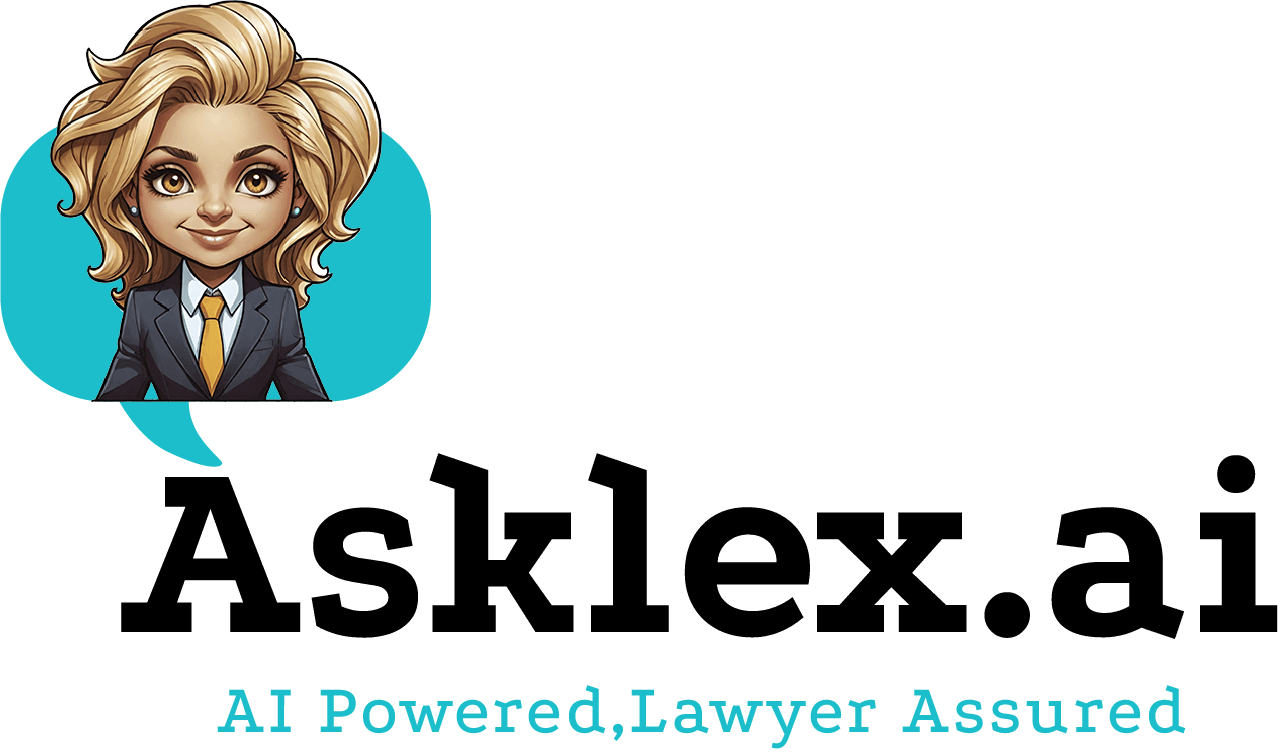Having your creative work copied without permission can be a frustrating experience, akin to someone snatching your prized possession when you’re not looking. Fortunately, there are ways to protect your creative endeavors, whether you’re an artist, writer, musician, or designer. Let’s explore how you can shield your creations from unauthorized use.
Understand What Can Be Protected
First things first: what qualifies as a “creative work”? In legal terms, creative works can be any original work of authorship, including literary works, music, and artistic works like paintings, photographs, and sculptures, as well as graphic designs and computer software. The key is that the work must be original and fixed in a tangible medium—meaning it’s more than just an idea or concept you’re tossing around in your mind.
Copyright: Your First Line of Defense
When you think about protecting creativity, copyright often tops the list. In the United States, copyright protection is automatic the moment your work is created and affixed in a tangible form. That means if you snap a photo on your phone or jot down lyrics, you instantly have a copyright.
However, while copyright provides immediate protection, registering your work with the U.S. Copyright Office offers significant advantages. Registration isn’t mandatory, but it can be extremely valuable. For example, if someone copies your work and you haven’t registered it, you can’t file a lawsuit until you do. Registration also serves as prima facie evidence in court—meaning the court presumes your ownership unless proven otherwise—and allows you to claim statutory damages and attorney’s fees in lawsuits.
Practical Tip: When you create something, especially if you intend to sell or share it widely, consider registering it. It’s a relatively simple process that can save you considerable trouble and financial loss if a copyright issue arises.
Keep Good Records
One of the simplest yet often overlooked steps is keeping good records of your work. Document the creative process, including dates of creation, revisions, and any collaborations. These records can act as evidence of your ownership and the development of your work if any disputes arise.
Practical Tip: Use folders on your computer or an external drive to organize drafts and final versions by date. You might also consider using cloud services with built-in version control to keep track of changes over time.
Avoid Infringement Yourself
While protecting your work from being copied, make sure you aren’t inadvertently infringing on someone else’s rights. Using copyrighted elements without permission can get you into hot water. If you’re inspired by another piece of art, music, or literature, ensure your work is transformative—that is, it adds new expression or meaning and isn’t just a copy or slight modification.
Practical Tip: If you’re ever in doubt, seek permission from the original creator or consult a legal professional. Licensing agreements can allow you to use someone else’s work legitimately.
Consider Other Protection Forms
Depending on the nature of your creative work, other forms of intellectual property protections might be beneficial:
- Trademark: If you’ve created a unique brand for your artwork, a trademark could protect your brand name or logo. Think of trademarking as giving your brand a recognizable face that others can’t use without permission.
- Patent: While less common in the artistic field, if your work includes a novel invention or a unique method of manufacturing, a patent might apply, offering powerful protection.
Practical Tip: Look into these options if your work might meet the criteria. Consulting an attorney who specializes in intellectual property can help you determine the best course of action.
Leverage Creative Commons Licenses
If you want others to use your work but still retain some rights, consider using a Creative Commons license. These licenses allow you to specify how others can use your work, whether it’s for commercial purposes, with or without attribution, etc.
Practical Tip: Visit the Creative Commons website to choose a license that aligns with your goals for your creation.
Final Thoughts
Protecting your creative work doesn’t have to be an overwhelming task. By understanding the basics of copyright, documenting your progress, and considering other forms of protection, you can fortify your creations against unauthorized copying. While these steps provide a strong foundation, remember that each situation is unique. Don’t hesitate to seek professional legal advice to safeguard your artistic endeavors fully.








